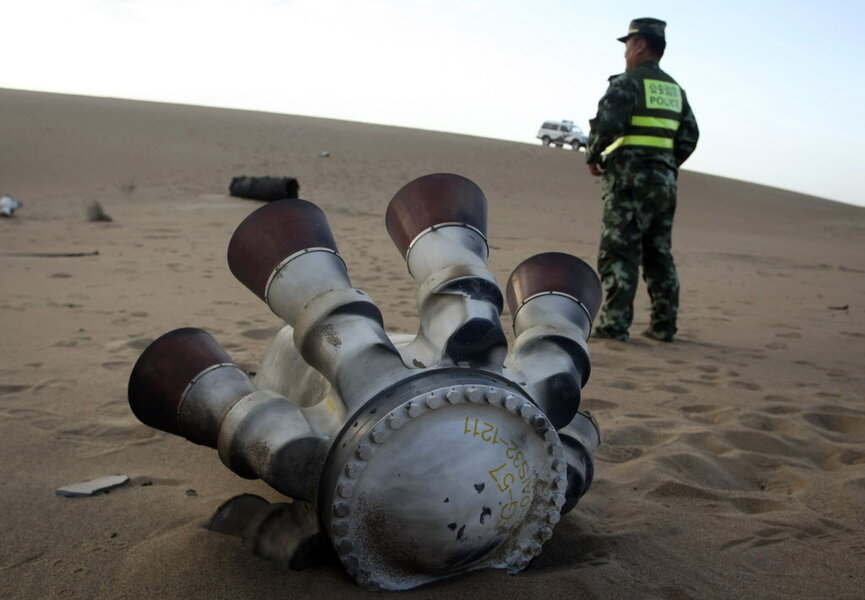Why three Chinese are spending 12 days in space lab
Loading...
Three Chinese astronauts docked at an experimental space module Thursday morning, beginning what is to be China’s longest stay in space so far and the latest step in China’s plan to put a space station into orbit.
The team aboard the Shenzhou 10 space capsule, launched from the remote Gobi Desert two days ago, will spend 12 days at Tiangong 1, a laboratory whose name translates to Heavenly Palace. They will spend in total 15 days in space, the longest yet for China.
Schenzhou 10 is the fifth Chinese mission into space in 10 years. Those missions have continuously become more complex, beginning with an orbital mission that lasted under 24 hours in 2003. Most recently, a three-member team on Shenzhou 9 spent 13 days in space, also docking at Tiangong 1.
China is ultimately hoping to build an international space station similar to Russia's Mir space station, a seven-module station. Russia dumped that station in 2001, joining the International Space Station project instead.
The Shenzhou 10 astronauts will test new docking techniques aboard Tiangong 1 that will be critical to developing a Chinese space station. The team, which includes China’s second woman in space, will also present a video lecture for Chinese schoolchildren.
This is the last time Tiangong 1 will house astronauts. After more than 600 days in space, and playing host to three Chinese teams, the space lab will be out of the resources needed to support docking teams after the Shenzhou 10 team de-boards, bound for a landing in Mongolia. Tiangong 1 will be converted into a miles-high warehouse used while the proposed space station is undergoing construction.
In the next step toward that space station, China plans to later this year send into orbit a new module, Tiangong 2, which is designed to host a crew of three for up to 20 days. It also has a second docking port, to accept resupply missions. Another module, Tiangong 3, is expected to launch in 2015 and will be incorporated into the eventual space station.








